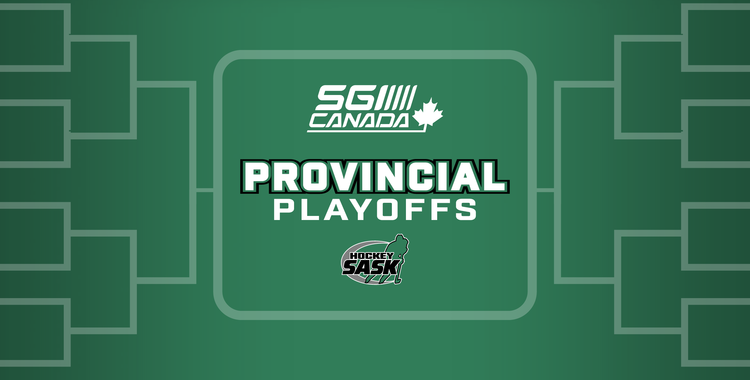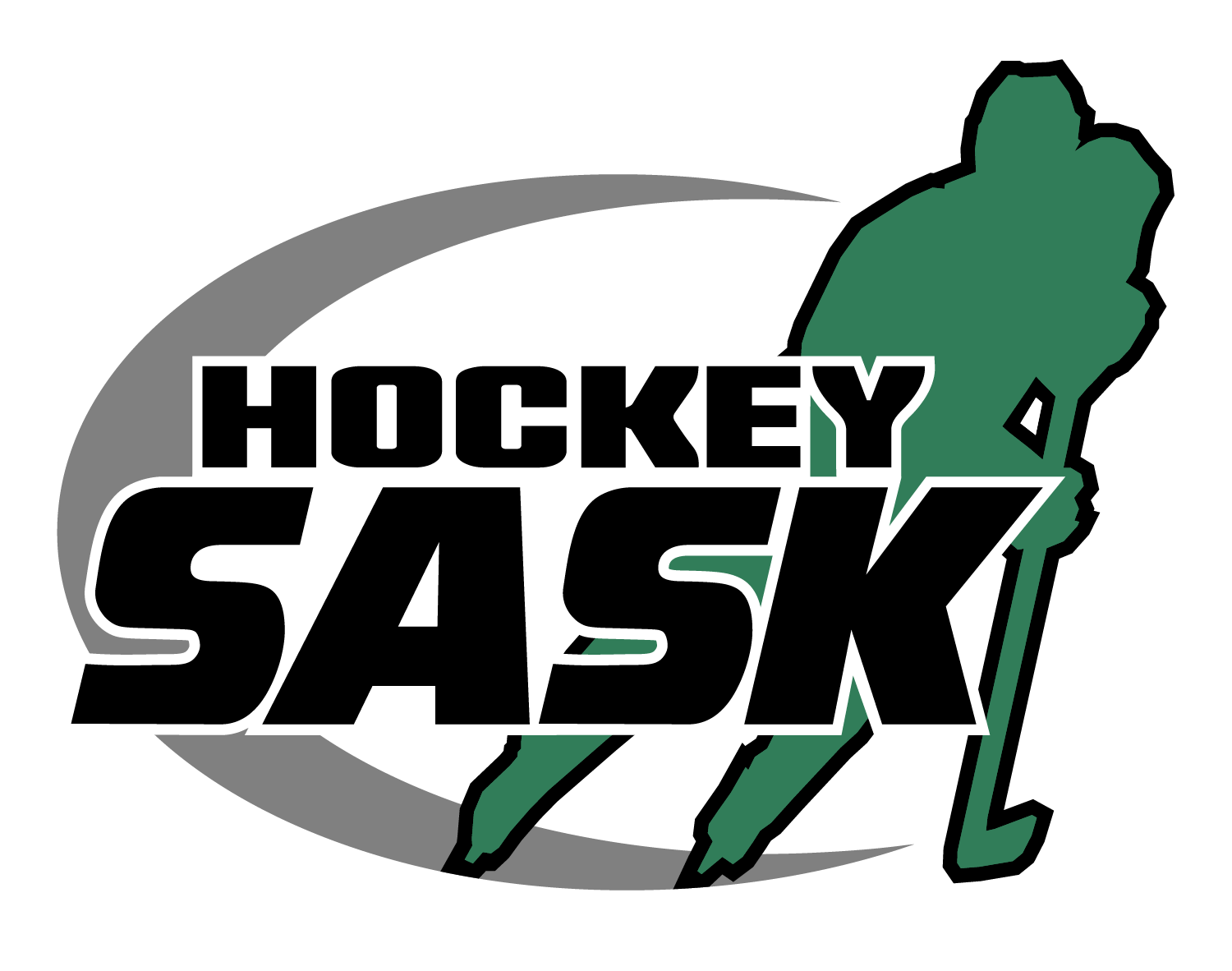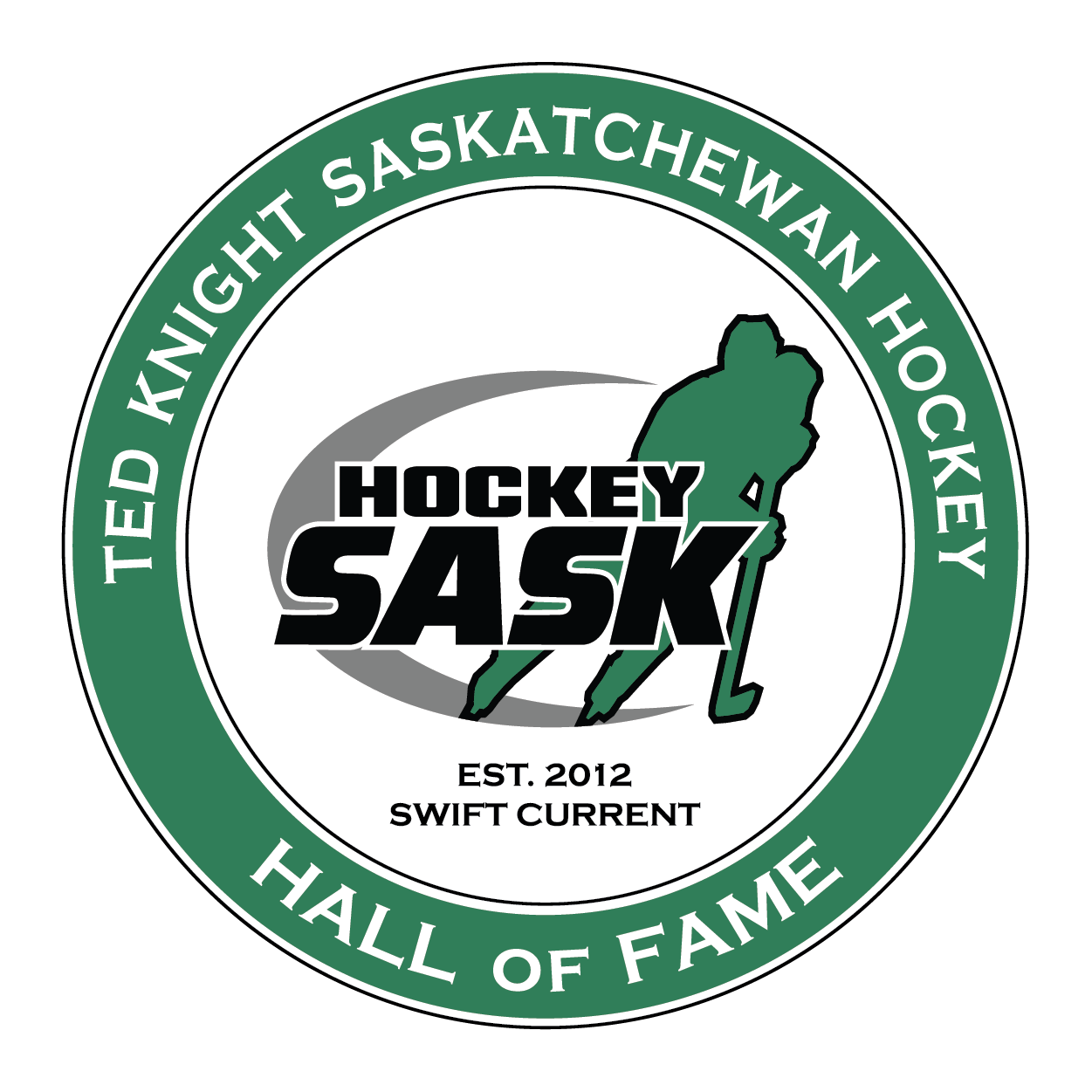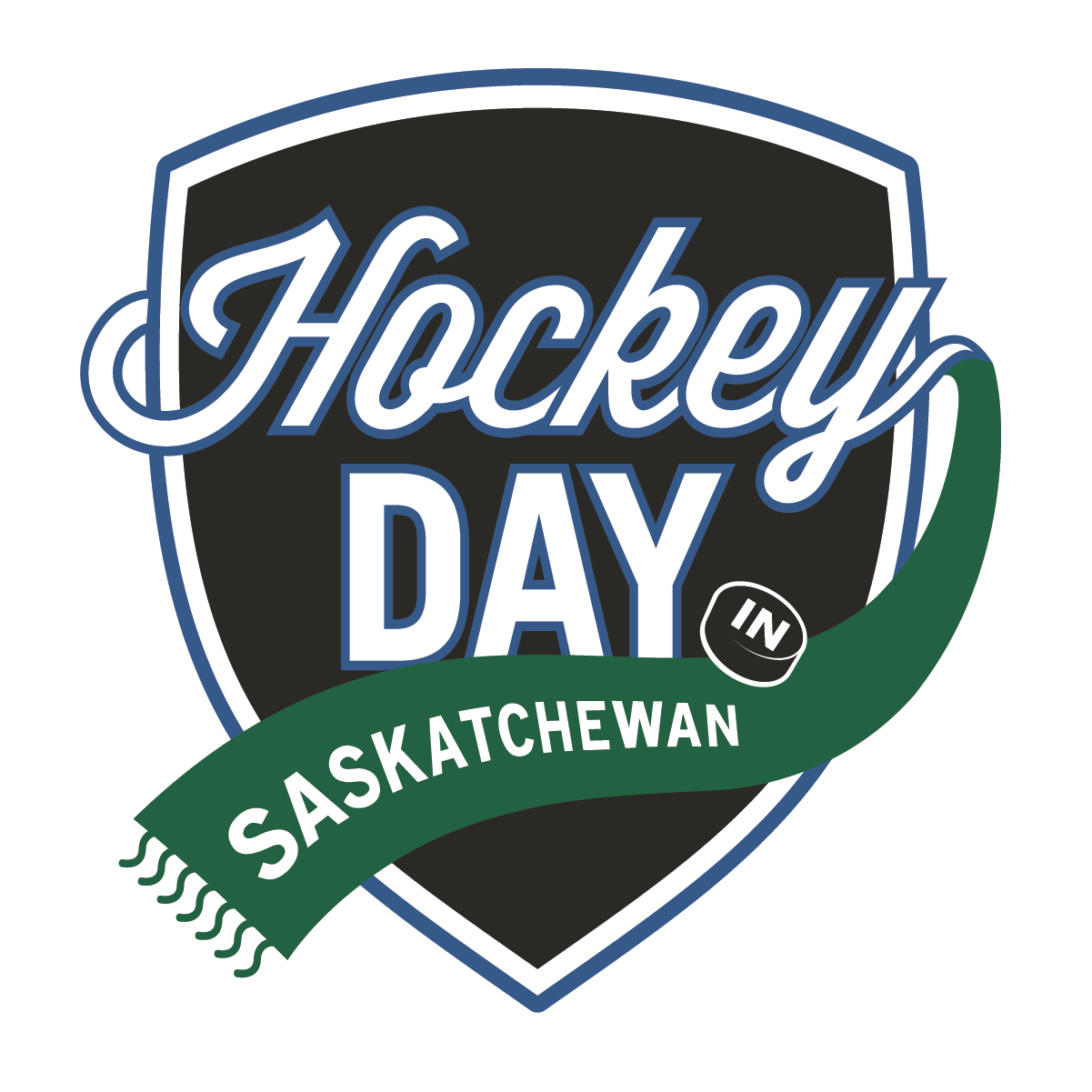Three Pinnacle Periods in the University of Saskatchewan Women’s Hockey Team 110-year History
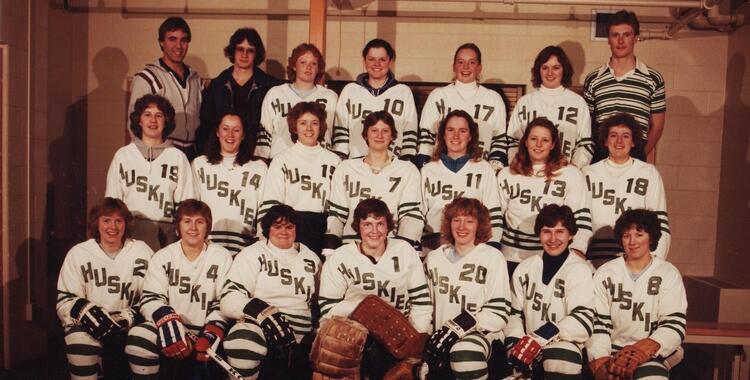
Mar 08
2024
By Huskie Athletics
The earliest records of women's hockey history at the University of Saskatchewan date back to 1914, when women at the school created a team and played against the men's team.
In the 110 years since, the program has seen growth and dissolution, overcome challenges in funding and gender equality, experienced triumphant seasons and heartbreak. However, those struggles and accomplishments have led to 2024, when for the first time, the Huskies will host the GFL U SPORTS Women's Hockey Championship presented by Connect Energy, March 14-17.
In honour of the national championship, we take a look back at the three pinnacle periods in the Huskies storied history.
First Period – An invite to the banquet and a taste of something more (1976-85)
Despite the initial successes and growth of women's hockey for the University of Saskatchewan in the 20s, 30s and 40s, the program hit a gap in 1955 that lasted 20 years.
In that time, there was still women's hockey on campus, but it was all recreational and limited to intramural games between the colleges. It wasn't until the 1976-77 season, when an opportunity arose to play at a tournament hosted by the University of Manitoba, that players from those intramural teams came together to create a university team once again, the Huskiettes.
Among those players was Nancy Dragan, an 18-year-old, first-year student who had grown up playing girls' hockey in her hometown of Indian Head, as well as with other girls' teams around the province and in Saskatoon.
"I don't even know how it was advertised," said Dragan on formation of the Huskiettes. "A bunch of these girls that were playing intramurals came out and obviously we must've been pretty good because we beat everyone."
In their inaugural season, the team finished second at their own invitational intramural tournament and were the A-side champions later in the year when they attended the University of Manitoba international tournament, defeating the University of Minnesota in the final. That success earned the team an invitation to Minnesota's own tournament the following two seasons.
Those trips to Minnesota, as well as other tournaments, were exciting for the team, but came with their own sets of challenges, specifically related to the cost associated with travel. There was minimal funding available to the Huskiettes, so the team turned to self-fundraising, holding social events and even selling bottles of liqueur to help offset expenses.
Financial and organizational challenges extended to the Huskiettes own home tournament. The university organized ice time at Rutherford Rink, while officials for the event and the women's team were supported from then-men's hockey head coach Dave King. Other expenses and sponsorship were the responsibility of the team. One of those sponsors was Labatt Brewery, giving the company the naming rights to the tournament, known as the Labatt Cup starting in 1978-79 season.
It was in the second year of the Labatt Cup —which later became the Western Canada Cup — that Saskatoon-born Karin Loftstrom, who had never played organized ice hockey, joined the squad. Like Dragan, Loftstrom recalls some of the challenges the team.
"It was kind of like the other universities or club teams were kindred spirits," said Loftstrom. "They were all kind of doing this [playing women's hockey], something that not many people were doing at the time."
"It was so exciting for me, to actually have a real western Canadian playoff, or what would eventually be the Canada West playoff," added Dragan. "We worked hard to become what we weren't yet."
As the years went on, the Huskiettes continued to gain traction. The team was invited to the Huskies letterman year-end banquet, becoming an official Huskie club and earning the right to wear a letter and purchase a sweater.
"That was the biggest point at the end of my career," said Dragan of that 1981 moment. "To be recognized as one step higher and to be considered a club."
Meanwhile, for Loftstrom, the team was invited to represent Saskatchewan at the first-ever Shoppers Drug Mart Women's National Championship in Branford, Ont. and compete for the Abby Hoffman Cup in 1981-82. Saskatchewan finished seventh at the championship.
Attendance at the championship marked the start of organization of women's hockey across all the provinces, including a female development council, which Dragan attended on behalf of Saskatchewan.
Unfortunately, as the women's game at the university level grew in Canada, it came to a halt for the Huskiettes once again after 1985.
Second Period – Challenges continue through advancements (1996-early 2000s)
Following a 10-year break, women's hockey returned to Rutherford Rink and the University of Saskatchewan campus for the 1996-97 season. However, club teams couldn't call themselves Huskies, so they were simply the U of S hockey team.
Like their predecessors in the 70s and 80s, the players of the U of S team faced challenges when it came to their program. Lenita Hanson, who grew up playing goalie in ringette before transitioning to hockey for a campus recreation team and eventually making the U of S team in 1996, remembers a few in particular.
"Because we weren't part of the true Huskies portfolio, we didn't have prime ice times and had to compete against other organizations wanting to book the ice. So, I can recall practicing from 8:30. to 10 p.m. at night and then being back on the ice at 6 a.m. the next morning. We also didn't have a dressing room, so under the bleachers there was a space [where we stored our equipment] but it was cold, so your equipment never dried."
Hanson's final year with the team marked a turning point for the program. In 1997-98, not only did the team receive sanctioning from Canadian Interuniversity Athletic Union (CIAU), now U SPORTS, but they were finally able to call themselves Huskies.
That sanctioning brought about some changes to how the team was treated, such as alternating practice times with the men's team, dryland training, access to nutritionists and more. The team still had no dressing room of their own, received hand-me-down jerseys from a previous men's team and had little funding, so subsidized goalie equipment was purchased by utilizing a grant from Sask Lotteries, the funder for more than 12,000 sport, culture and recreation groups for the last 50 years.
Despite off-ice challenges, Hanson and the other players were aware of the history of women's hockey at the university, as well as the starts and stops of the program along the way and were determined to be the team that stuck.
"It was hard to really understand how important that first year was and what it would mean for the future of the game. But, definitely looking back now, I'm extremely proud to be a part of that…we all really embraced the opportunity, we worked hard and we had fun," said Hanson. "We really tried to do our best to make it stick. To show that we were serious about it and that we did belong there and that we would work hard and that we could build a program, not just something short lived."
The U of S team became an official varsity team in the 1998-99 season. That was also the season that Misty Alexandre (nee Bertram) joined the Huskies, hot off a youth career of playing girls' hockey in her hometown of Eston and with the Saskatoon Selects.
In her five years with the Huskies, the team itself grew stronger, but Alexandre notes there were still struggles when it came to equal funding for the women's team. To help, the-then Huskies coach organized games in Eston to fundraise and, since it was Alexandre's hometown, the team would all stay in her grandma's farmhouse.
"We had to do a lot more in that timeframe, when it came to contributing to the program and the games themselves," said Alexandre. "Back then, it was a challenge of you're not only keeping up studies and you're trying to be at practices and doing off-ice training, but you kind of had the added pressure of needing to bring in money for the program itself."
At the start of the new millennium, a group challenged the University of Saskatchewan on the disparity in funding that was provided to the women's hockey team. Following that confrontation, Alexandre recalls increases to stick allowances and full equipment provisions.
"Women's hockey had always started up and stopped, started up and stopped [at the university] and I think that's why our era made this stick, because it was an era that demanded more from the universities. And that was generally happening across North America, to be honest, I think a lot of women's programs were starting to say 'We deserve equal funding to what the male programs are.'"

Third Period – A Canada West title in front of a hometown crowd (2013-14)
With 17 years of permanence and growth for the women's hockey team, the 2013-14 season marked the program's first Canada West title. Better still, the championship series took place in Rutherford Rink in front of a hometown crowd.
That season was the third year for Marley Ervine, who grew up playing hockey in Kindersley and spent time with the Saskatoon Stars prior to joining the Huskies. While Ervine believes the 2013-14 squad hit their stride at the right time, she gives some of the credit for the team's success that year to previous players.
"When our group of players [that season's third-year players] came in together as rookies, there were seven or eight of us and there was a solid group of fifth years, as well. They were so influential for us coming in as rookies and they really helped us mature. And given there were so many of us, that group of third years, when we won the championship, were a big part of that."
The 2013-14 team itself was on the younger side of the scale, only having one fifth-year player that season in Cami Wooster. That youth and potential lack of experience led to some uncertainty at the start of the year for Robin Ulrich, a former Huskie player from 2004-09, who transitioned to being an assistant coach with the team.
"We were always in it and we would always come back late in the game and tie and go to overtime and win. There was just something that we kind of had this resiliency, that maybe as a coach was a bit frustrating because you were like, 'Why do we get ourselves into this situation in the first place?'. But we kind of kept finding a way all the time and as you get closer to playoffs, you think that you may have a chance to do something."
When it comes to memorable championships, the 2013-14 title over provincial rival the Regina Cougars will also be remembered for its 17 periods of hockey. Saskatchewan took Game 1 of the series in double overtime before losing in Game 2 in quadruple overtime, which stills stands as the fifth-longest game in U SPORTS history. Game 3 saw current PWHL Toronto player Kaitlin Willoughby score the game winner in the second overtime period.
Ervine was on the ice for the game-winning goal and didn't realize the puck had gone in until she heard the crowd and saw Willoughby skating to the opposite end, throwing off her helmet and gloves. And while she notes that the games may have kept the fans —who packed Rutherfurd to its limits— on the edge of their seats, it didn't feel that way for the team.
"As close as it was, there was a calming presence on our team. It felt like we were in control and that we just had to keep working hard and we were going to win the series. It felt like everyone believed that."
From there, the Huskies went on to compete at the national championship in Fredericton, where they wrapped up their historic season with a bronze-medal finish.
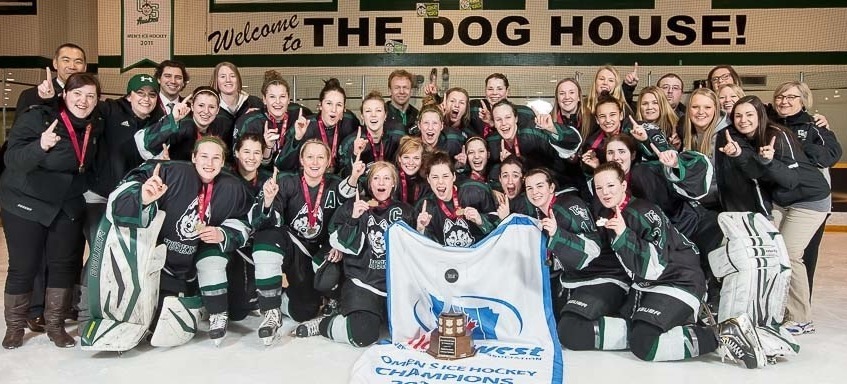
The next period…
Now, nearly 110 years after the first women's hockey games took place at the University of Saskatchewan, the Huskies are adding new chapter to their history as, for the first time, they host the GFL U SPORTS Women's Hockey Championship presented by Connect Energy from March 14-17 at Merlis Belsher Place in Saskatoon.
The event will see the Top 8 teams from across the country compete to hoist the Golden Path trophy, with Saskatchewan playing their first game March 14 at 7 p.m. Their opponent will be announced early next week.
Along with family, friends and fans, nearly 90 players from past Huskies, U of S hockey and Huskiettes teams will be in attendance to cheer on the hometown squad. For many of those alumni, the championship will be an opportunity to see the evolution of the program and the fruition of everything they overcame and pushed through while trying to make a place for women's hockey at the University of Saskatchewan.
On top of that, the event is an opportunity for future generations to not only see what they can become by watching some of the best women's hockey in the country, but create a visceral memory that Ulrich believes will only help to strengthen the Huskies in the future.
"Those younger players are going to remember seeing that building [Merlis Belsher Place] sold out for the Huskies games and what that atmosphere was like and, hopefully, down the road, when they get to that point, and they're making their decision 'Do I stay home or do I go somewhere else?', it sticks in their mind and they say, 'I remember seeing that and I want to be a part of that.'"
- Story written with files from Nancy Dragan and P.J. Kennedy.
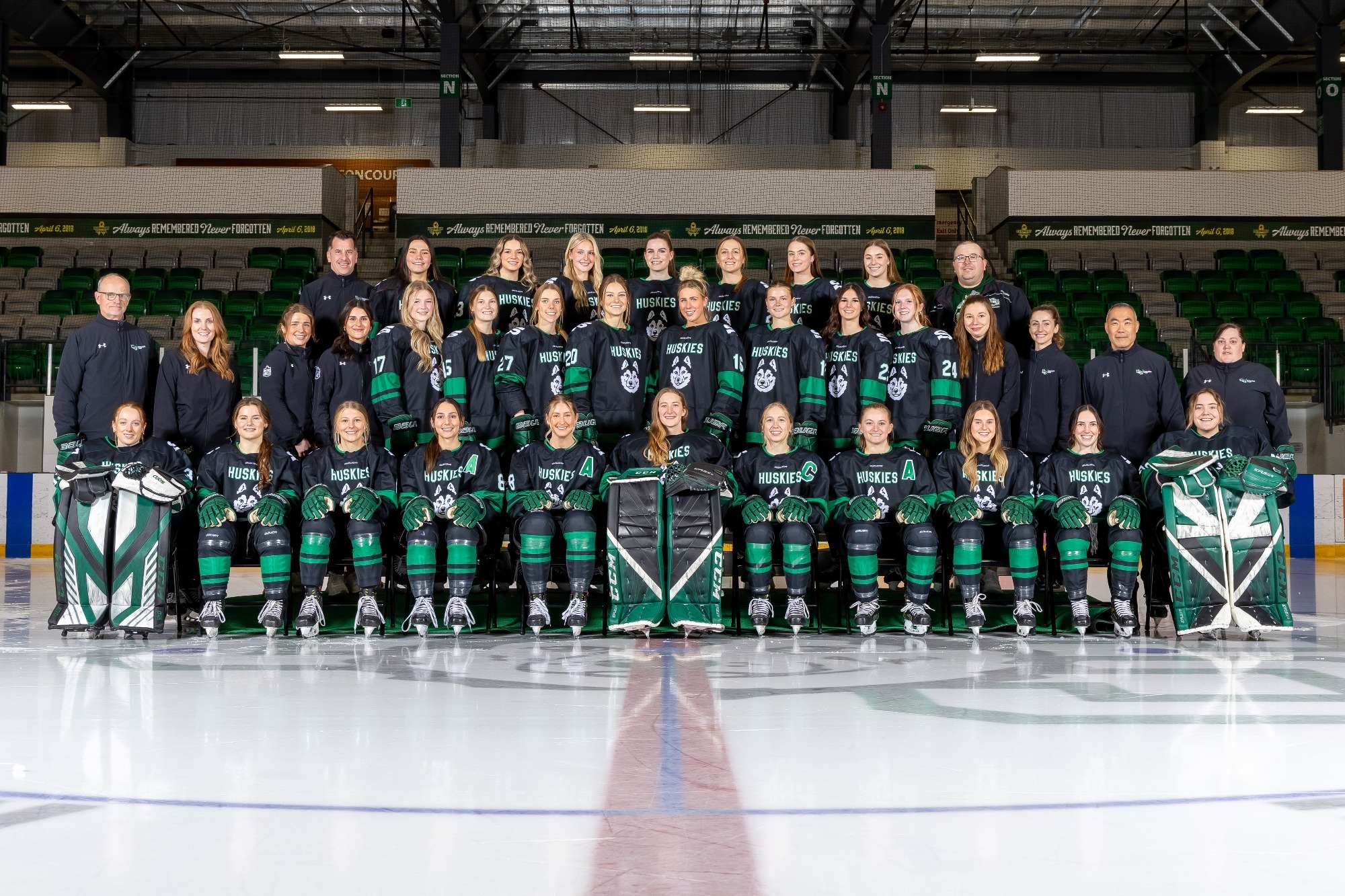
Related Articles
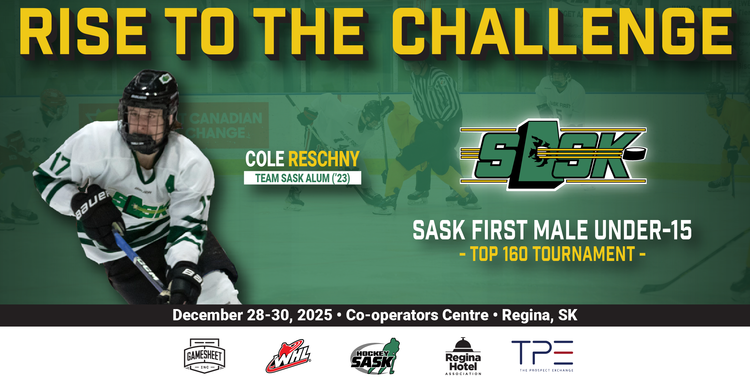
Road to Canada Winter Games: Sask First Top 160 Tournament to Face Off in Regina
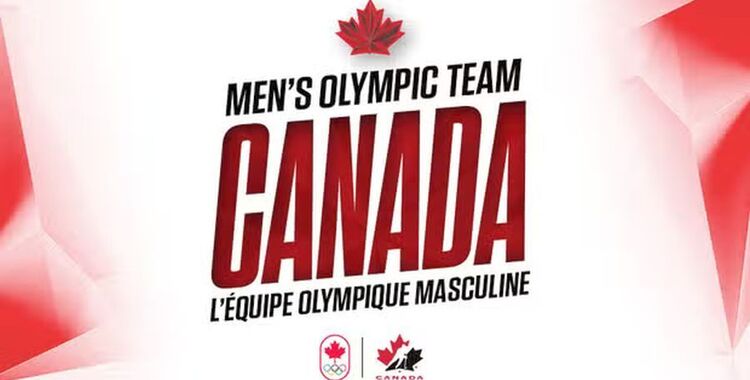
Men’s Hockey Team Unveiled for 2026 Olympic Winter Games
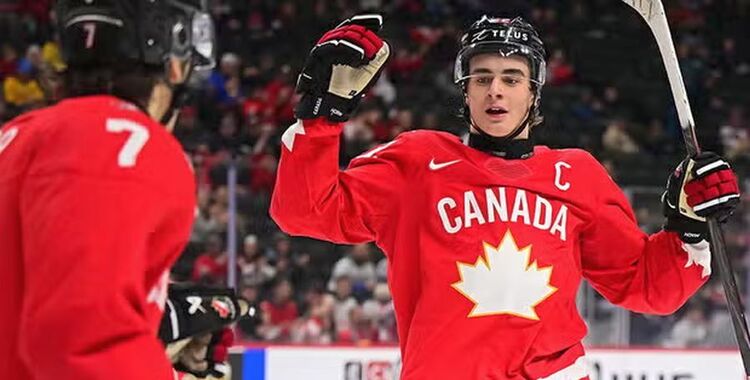
Canada Wins Bronze Medal at 2026 IIHF World Junior Championship
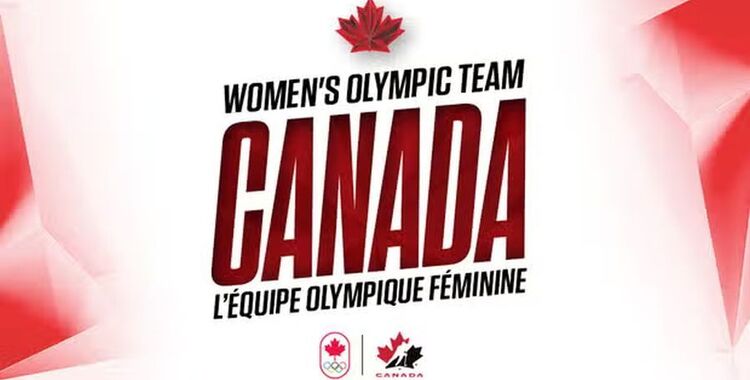
Women’s Hockey Team Unveiled for 2026 Olympic Winter Games
